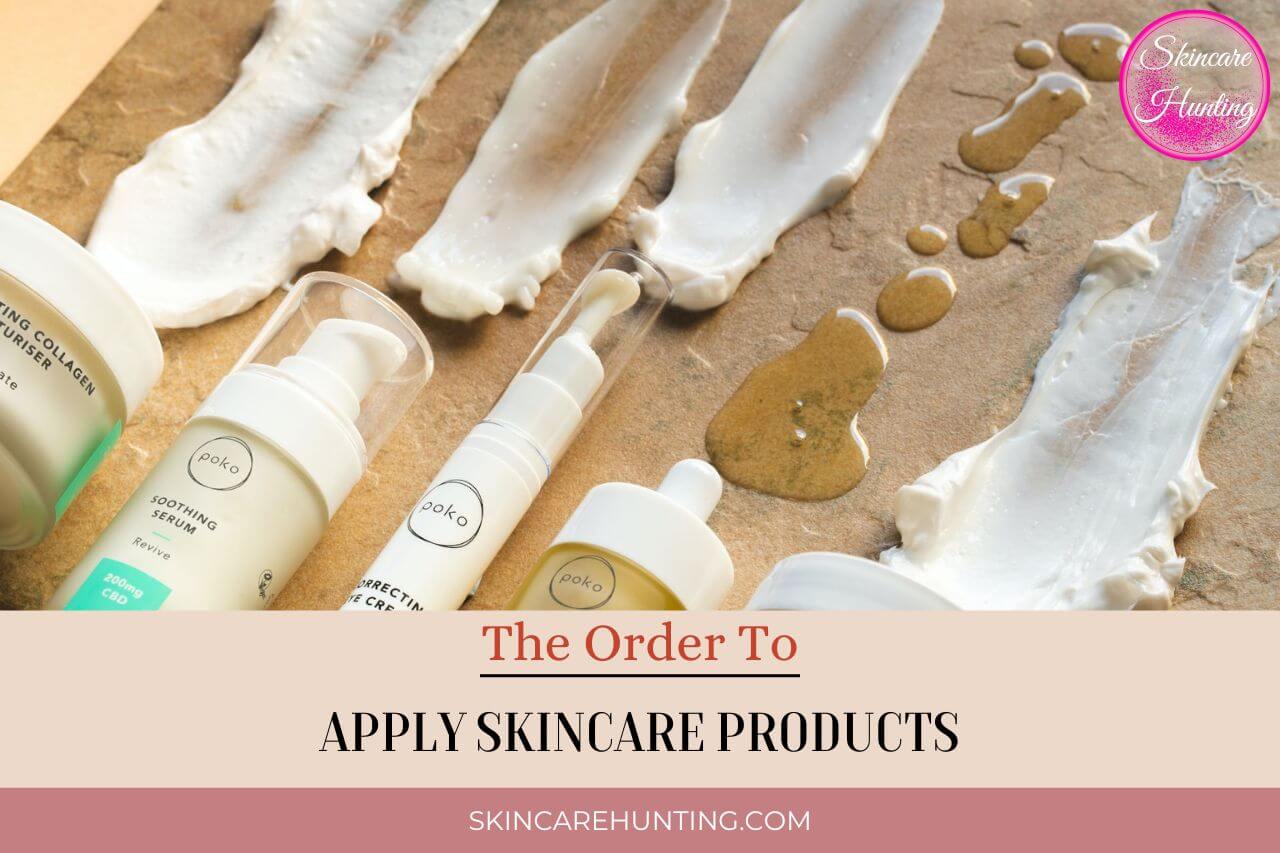
The Order to Apply Skin Care Products
So what is the order to apply skin care products and is it really that important in the first place? Well, the simple answer is yes and there’s a very good reason as to why.
Applying your products in the wrong order could affect their overall effectiveness because lighter products like serums will find it very difficult to penetrate through heavier ones like moisturisers.
What Is The Order To Apply Skincare Products
After cleansing, the general rule of thumb is to apply your products in a light to heavy order. Once you’ve finished cleansing, start with the thinnest product then work your way through until you finish with the thickest.
Another thing to bare in mind is that water-based products should be applied first before any oil-based products. Some products are applied twice daily whilst others are only applied once either morning or night but overall your application order should look something like this.
Start With A Cleanser
Cleansing is the obvious first step in your routine. Choose a good cleanser that is suitable for your skin type to remove all traces of dirt without compromising your skin.
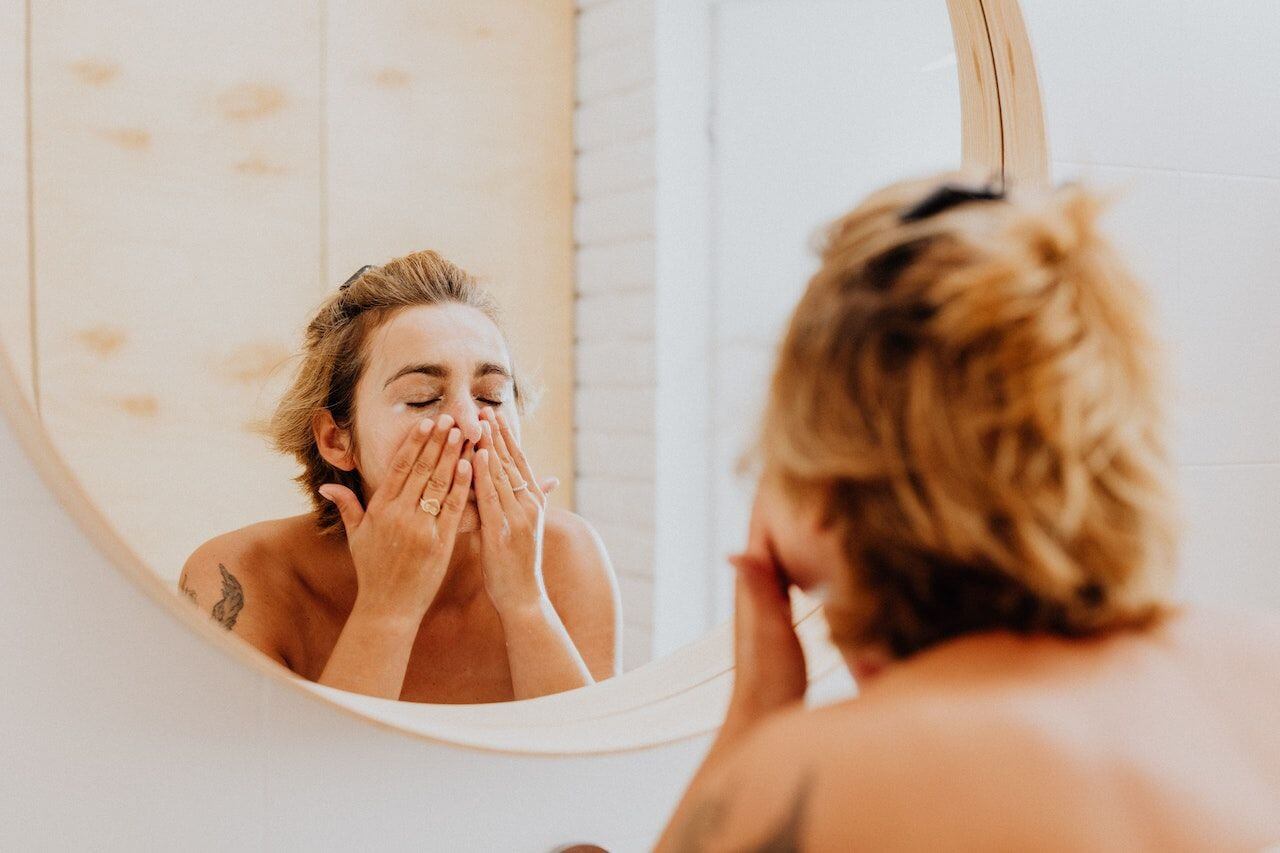
Always be gentle and avoid pulling and rubbing too hard which can stretch and damage the skin further and unless you’re using a no-wipe cleanser, always wipe or rinse away all traces at the end as it can lead to dryness if not completely removed.
Follow With A Toner
Many people skip this step but the benefits of a good toner can leave your skin feeling fresher and smoother as well as rebalancing the pH level of your skin after cleansing.
They are often filled with beneficial ingredients like antioxidants and are great for removing the last traces of dirt and debris and even any residual cleanser that may be left behind on your skin.
They are an excellent pre-step that creates the perfect base for your skin to absorb your remaining skin care products. Just be sure to choose a good toner that doesn’t contain any harsh ingredients like high amounts of drying alcohols.
Specialist Treatments – Like Acne Or Skin Lightening
If you’re using an acne or skin-lightening treatment, this is a good time to apply it. The key is to apply your specialist treatment as close to the skin as possible so that there is little preventing it from absorbing into the skin and doing its job effectively.
Applying heavier products beforehand can create a layer that these treatments may have difficulty penetrating through, meaning that your skin may not be receiving the full benefits of the product.
Next Is The Serums
If you’ve not yet invested in a good serum then you really should consider one because there’s a lot a serum can do. They are packed full of more anti-ageing ingredients and antioxidants than any other product and are a powerful tool in your skincare routine.
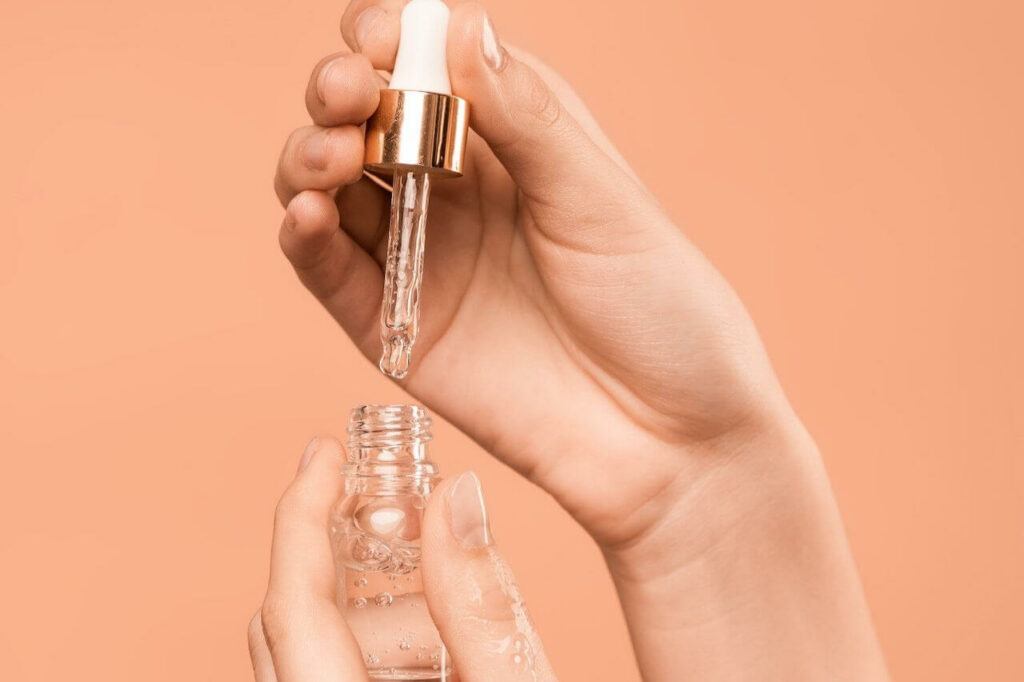
With their lighter formulation, they absorb and penetrate much quicker and deeper into the skin making them one of the most potent products in your arsenal. Much like the specialist treatments, serum should be applied as close to the skin as possible for maximum effect.
There are numerous different types of serums and many people use more than one to target different skincare concerns. Vitamin C, Hyaluronic Acid, Retinol and Peptides are just a few examples of products that would usually be in serum form.
The general rule of thumb is no more than three in one application (therefore in theory you could be using six daily – three in the morning and an entirely different three at night). If their consistency is different then you should apply the thinnest one first followed by the next thinnest and so on.
Time For The Eye Cream
If you have a problematic eye area that your regular moisturiser doesn’t fix and you require a separate eye cream, now is a good time to apply it.
There’s actually a lot of debate on this one but most of the research I’ve done (and I’ve done a whole lot of it) suggests that eye cream should be applied first before moisturiser especially if your eye cream doesn’t contain sun protection and you’re using a moisturiser with built-in SPF as your final product.
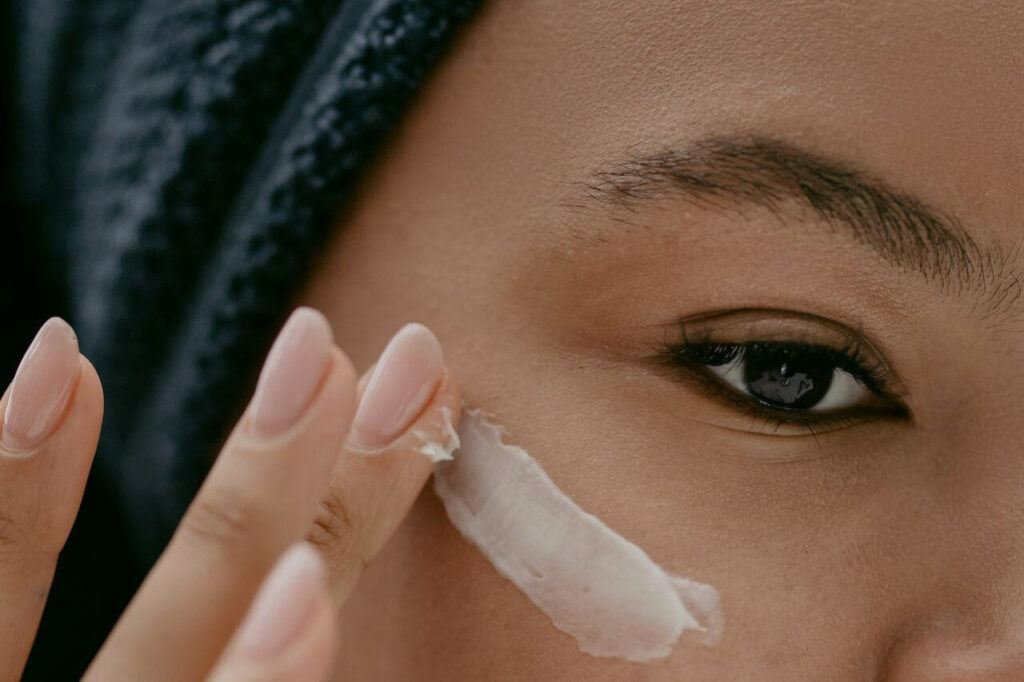
Where the issue begins is if your eye cream is thicker than your moisturiser (remember the whole thin to thick rule of thumb) hence why it’s often a topic of confusion. If you’re lucky enough, the directions on your eye cream will tell whether to apply it before or after moisturising.
If you’re not and your eye cream is the thickest leading you to apply it last then make sure it contains SPF unless you’re also applying a separate sunscreen that is suitable for the eye area.
There’s even a whole other debate about whether a separate eye cream is even necessary at all but that’s a whole other post that you can take a look at here.
Moisturiser Time
Your moisturiser should be one of the last products that you apply to your skin. Ideally, choose a moisturiser with a broad spectrum SPF (protects against both UVA and UVB) for daytime use.
Then choose a good night moisturiser that targets the areas that are of most concern to you. As your moisturiser is one of the heaviest and thickest products, it can actually lock in the benefits of your previously applied products.
Are You Missing The Sunscreen
If you’re not using a moisturiser with built-in SPF during the day then you should also be using sunscreen. However, the order in which it should be applied is again another hot topic of debate and may also depend on the type of sunscreen you’re using.
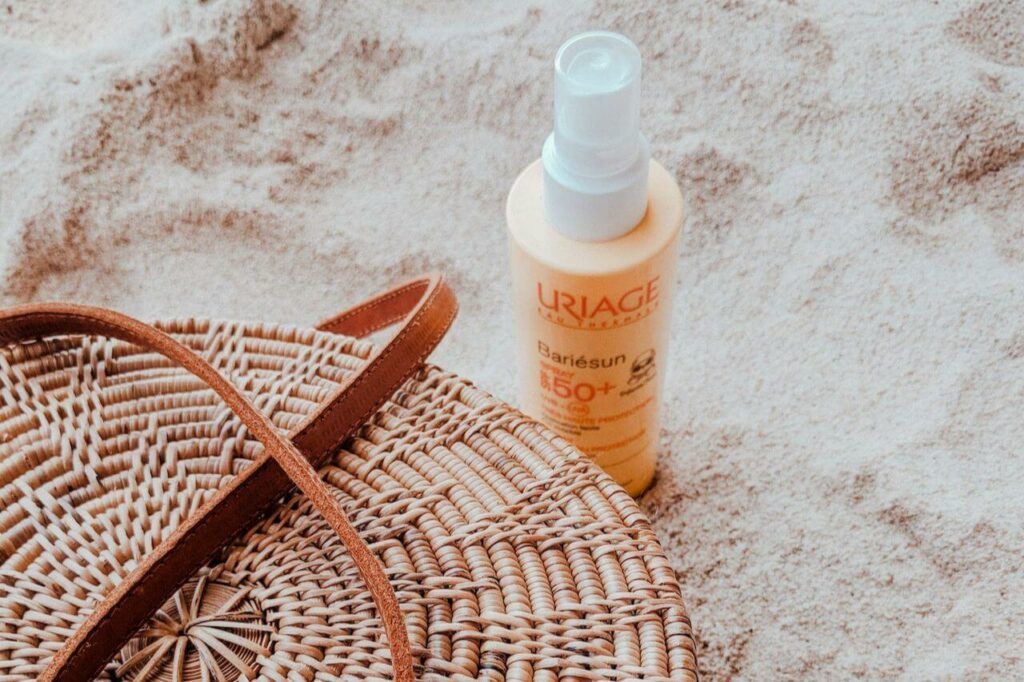
Some recommend sunscreens should be closest to your skin and applied before moisturiser, especially in the case of chemical sunscreens that need to absorb into the skin.
Others recommend applying it after your moisturiser so that the waters/oils in the moisturiser don’t dilute the sunscreen’s important ingredients. This is especially in the case of physical sunscreens that sit on top of the skin to create a barrier.
If you’re using a hybrid (a mixture of both chemical and physical), well, you can see how that may cause confusion, hence the debate.
The way I see it, it’s all the more reason to go for a moisturiser with built-in SPF and avoid the whole debate entirely although do make sure that your moisturiser has a high enough SPF as many tend to be a little on the low side.
What About Exfoliant
Exfoliants are another crucial step in your skincare regime but depending on what type you decide to use, it’s yet again another hot topic of debate as to when they should be applied.
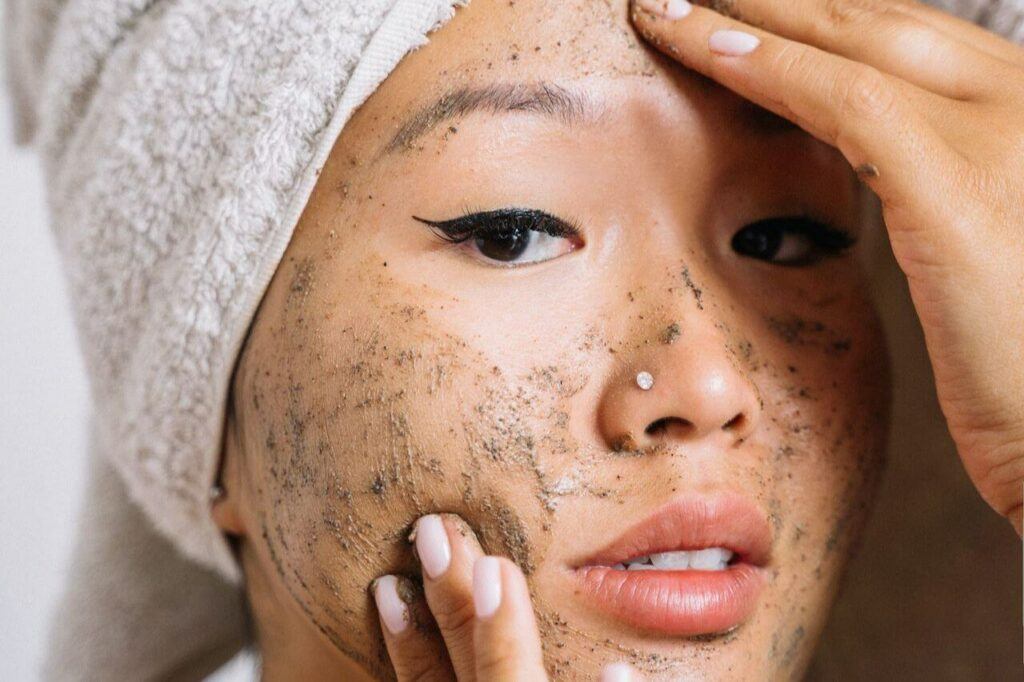
Chemical exfoliants (AHA’s & BHA’s) should be the first thing applied after cleansing and toning but the opinion on physical exfoliants seems to differ.
There’s a clear-cut divide on the subject of whether they should be used before or after cleansing regardless of whether they are daily or once/twice weekly physical exfoliants.
There are many people out there including some professionals claiming that they can be even more beneficial if used prior to cleansing.
Although, one thing I will say is that if you check the directions on the back of the product, almost every single one if not all will tell you to apply them to thoroughly cleansed skin so I’ll let you be the judge of that one.
By the way, these people don’t mean to exfoliate with your full face of makeup on. They mean in the morning before your daily skincare routine with the assumption that your skin has already been cleansed thoroughly the night before. I’m sure you already gathered that but just in case :D.
Which Way Is The Right Way
I myself use a twice-weekly physical exfoliant that I apply in the shower before I start my morning cleanse, tone, serum etc routine (I know, I know, I’m not following the directions) although I will say that my skin has been double cleansed thoroughly the night before.
I have tried it the other way around but I personally prefer to exfoliate first. Maybe that’s because I’m a creature of habit or maybe because applying my cleanser afterwards ensures that all those small bitty exfoliant particles have been completely removed just in case I’ve missed any.
Who knows but again I guess it’s a question of personal preference. What do you think? If you’d like to share your own views, I’d love to hear your thoughts and opinions so please feel free to leave a comment below.



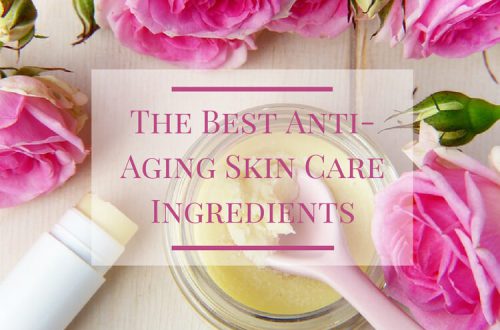
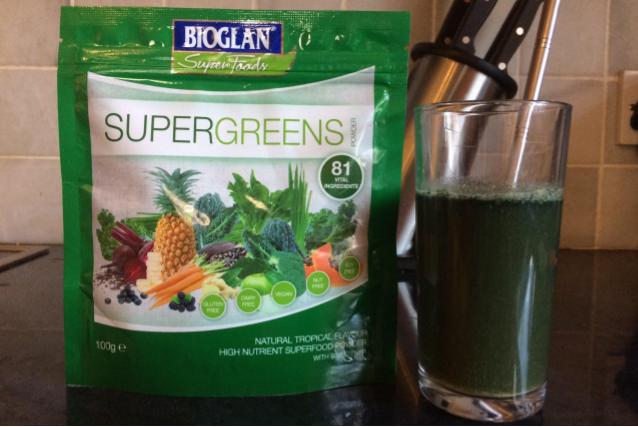
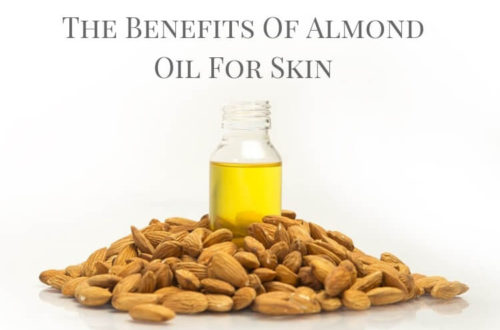
6 Comments
GiuliaB
Hi Jessie, I’m really pleased I came across your site, I have never believed much in the far too many and too unjustifiedly expensive products available on the market, but as I’m growing older, I’m starting seeing the signs on my face. Will you focus your search on natural ingredients?
Thank you. Giulia ?
Jessie
Hi Giulia
I’ll be searching and testing a whole bunch of different products and I’ll be including many natural products too so there will eventually be a whole section dedicated to them so watch this space.
Joana
Hi Jessie,
Great post! Would you believe my sister gave me a Clinique serum for Christmas in a gift set, and i have not used it yet. Simply because i did not know what it is for…:) So your guide is very helpful, i am going to start using it now, as i just have discovered the benefits by reading your post. Thank you for sharing.
Jessie
Hi Joana
Thanks, I’m glad you found it useful and definitely don’t let that serum go to waste.
Matt's Mom
Ok, one question Jessie, is it really important for the cleanser and toner? I shower and wash in the morning, when I get out I put on my serum, eye cream, and then day cream. I have never really understood what the toner is really for….of course I always use sun screen on my face when I am outside 🙂
Jessie
Hi Matt’s Mom
Cleansers are definitely really important but if you’re washing your face in the shower, then you’re probably already using a cleanser of some sort to do that. I think toners are really beneficial as long as it’s a well formulated gentle one but it’s not unusual for people to skip it, either because they don’t really know what it’s for or because they’ve used a bad one in the past and assume they’re all the same.
Toners used to be very high in alcohol and many were quite irritating to the skin but they’ve changed a lot since then. You can check out this post on the benefits of using facial toner which goes into more depth. I hope that helps.